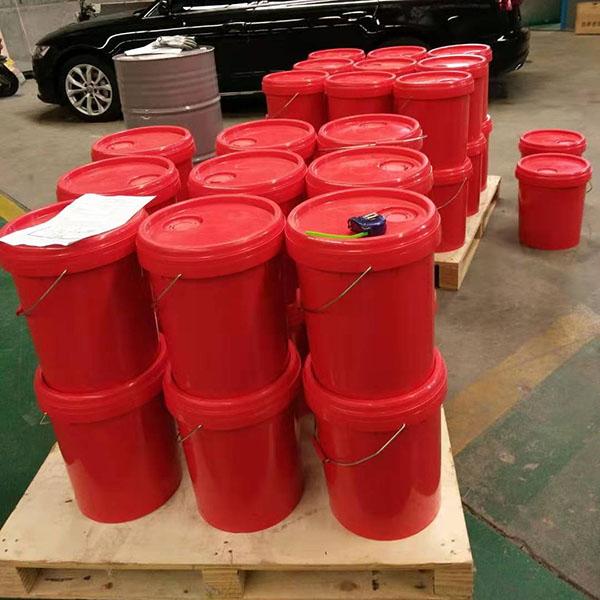Aug . 09, 2024 00:35 Back to list
Optimal Filtering Solutions for Enhanced Performance in Various Applications and Industries
The Importance of Best Filter Fabrics in Modern Filtration Systems
In the contemporary landscape of engineering and manufacturing, the need for effective filtration systems is more critical than ever. From water treatment facilities to industrial applications and air purification systems, the efficiency of filtration processes is paramount. Central to achieving optimal performance in these systems is the selection of the best filter fabrics. This article explores the significance of high-quality filter fabrics and their role in enhancing filtration efficiency.
Filter fabrics, often composed of woven or non-woven materials, serve as a barrier to capture particles, contaminants, and pollutants, ensuring the integrity of the filtered medium. The choice of fabric plays a vital role in determining the efficiency and longevity of the filtration process. High-performance filter fabrics are designed to provide attributes such as superior particle retention, minimal pressure drop, and resistance to chemical and thermal degradation.
One of the most critical factors in selecting the best filter fabric is its ability to capture a wide range of particulate sizes. This capability is essential in applications where both fine and coarse particles are present. Fabrics with a well-structured pore pattern can significantly improve the filtration mechanism. For instance, a fabric that combines microfiltration with macrofiltration can efficiently separate different sizes of particles, enhancing overall filtration performance.
In addition to particle retention, the permeability of filter fabrics is crucial. A fabric must strike a balance between being dense enough to capture contaminants and porous enough to allow for adequate flow rates. Fabrics with optimal permeability reduce the pressure drop across the filter, which not only enhances energy efficiency but also extends the lifespan of both the filter and the entire system.
best filter fabric

Chemical resistance is another vital consideration in the selection of filter fabrics. Industries such as chemical processing, pharmaceuticals, and food production often handle aggressive substances that can degrade inferior materials. Advanced filter fabrics made from synthetic fibers, such as polyester or polypropylene, offer substantial resistance to a wide range of chemicals, ensuring the longevity and reliability of the filtration system.
Moreover, the durability of filter fabrics under varying operational conditions—such as temperature fluctuations, mechanical stress, and exposure to harsh environments—is paramount. Best filter fabrics are engineered to withstand these challenges, maintaining their structural integrity and performance over time. This durability translates into lower maintenance costs and less frequent replacement, contributing to overall cost-effectiveness.
Sustainability has also become an essential aspect of material selection in modern filtration systems. With growing environmental concerns, industries are increasingly seeking eco-friendly filter fabrics. Many manufacturers now focus on producing recyclable or biodegradable materials, reflecting a commitment to reducing the ecological footprint of filtration solutions. This shift not only meets regulatory requirements but also satisfies consumer demand for sustainable practices.
When discussing the best filter fabrics, it is impossible to overlook the importance of proper maintenance and system design. Even the highest quality fabrics will underperform if not paired with suitable operational protocols. Regular inspection, cleaning, and effective management of filter systems are vital to ensure prolonged efficiency and performance.
In conclusion, the role of best filter fabrics in modern filtration systems cannot be overstated. Their ability to effectively capture a variety of particles, combined with features like chemical resistance, durability, and sustainability, makes them indispensable in numerous applications. As industries continue to prioritize efficiency and environmental responsibility, the demand for high-quality filter fabrics will undoubtedly grow, leading to innovations that further enhance filtration technology. Embracing these advancements will be essential for businesses aiming to maintain a competitive edge in an increasingly complex and demanding marketplace.
-
Premium Coffee Filter Rolling Paper: Fine Mesh for Smooth DIY
NewsAug.27,2025
-
Advanced PP Spun Filter Cartridge Making Machine - Precision & Speed
NewsAug.26,2025
-
Active Carbon Air Filter for Air Purifier: Odor & VOC Control
NewsAug.25,2025
-
Premium Active Carbon Air Filter for Purifiers | Odor & VOC Removal
NewsAug.24,2025
-
Premium Active Carbon Air Filter for Air Purifier | Odor & VOC Removal
NewsAug.23,2025
-
Active Carbon Air Filter for Air Purifier - Superior Odor Removal
NewsAug.22,2025
